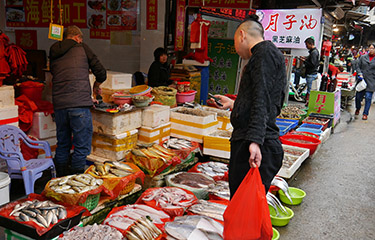China became a net importer of seafood in 2022, and that trend is likely to continue as the country has prioritized exporting higher-value industrial products like automobiles over lower-value export commodities like processed fish, according to Gorjan Nikolik, the chief seafood analyst at Dutch financial services company Rabobank.
China, which surpassed Japan this summer in becoming the world’s top exporter of cars, seems primed to become more like the E.U. and U.S. in terms of its seafood buying trends, relying mainly on imports to meet demand, Nikolik told SeafoodSource at this year’s International Groundfish Forum in Athens, Greece, where he presented on trade wars and their impact on the global seafood industry.
China embraced seafood production and processing in the 1980s and 1990s to generate employment and hard currency. The country grew its seafood exports from USD 3.6 billion (EUR 3.42 billion) in 2001 to USD 13.2 billion (EUR 12.5 billion) in 2010, followed by a whopping USD 17.1 billion (EUR 16.2 billion) in 2011 and USD 18.2 billion (EUR 17.2 billion) in 2012. In 2012, China had a seafood trade surplus of USD 10.8 billion (EUR 10.2 billion) – the world’s largest.
However, since then, the country has slowly become a major importer of agricultural produce, as imports of …
Photo courtesy of Kislitsin Dmitrii/Shutterstock








